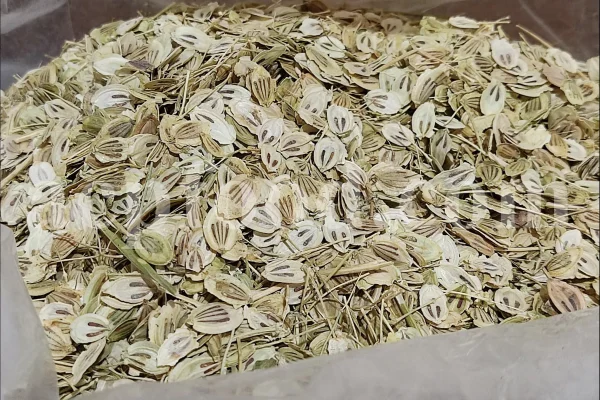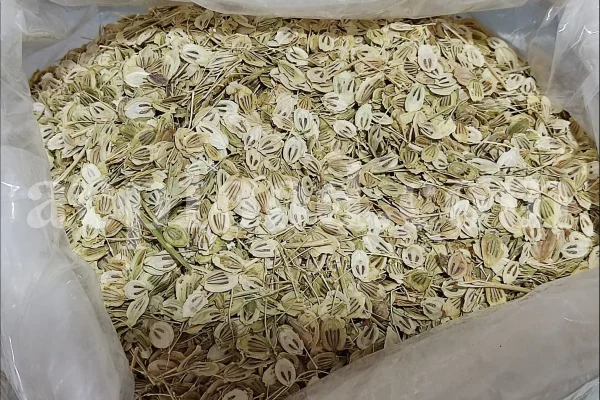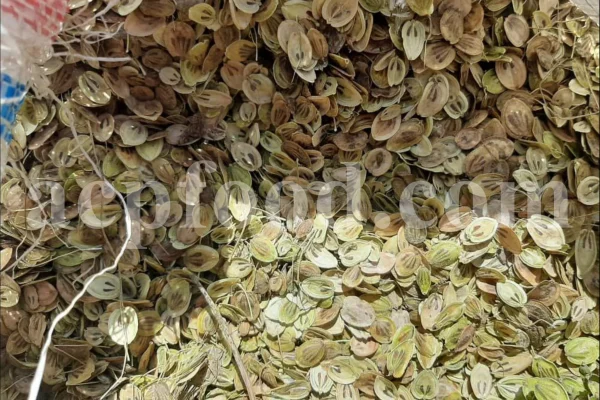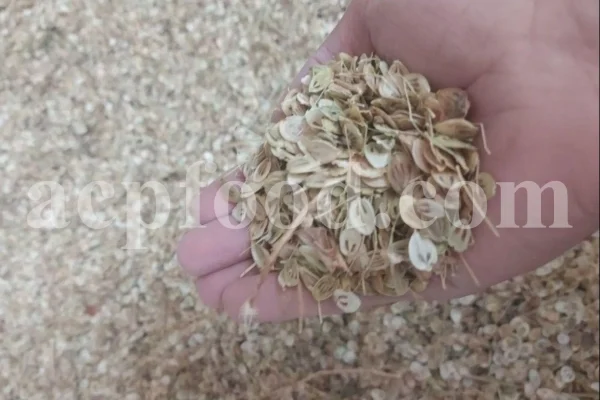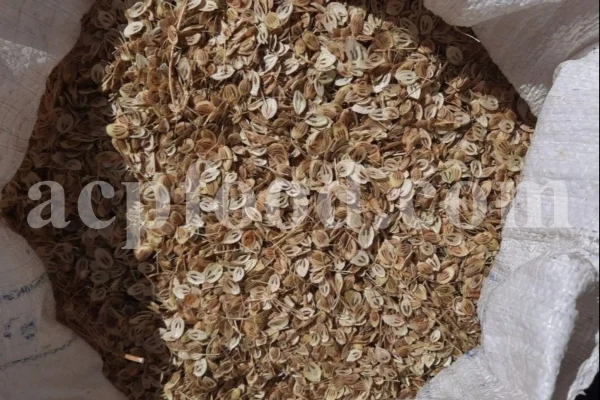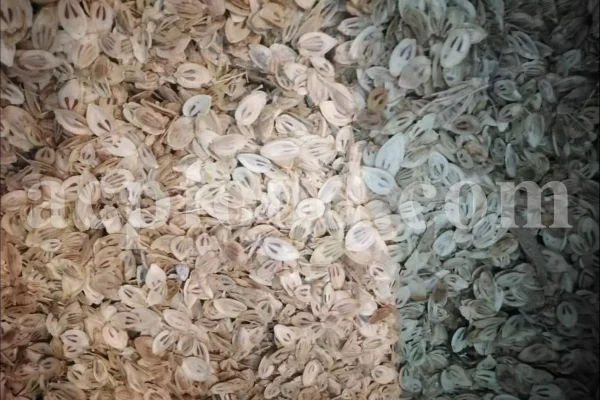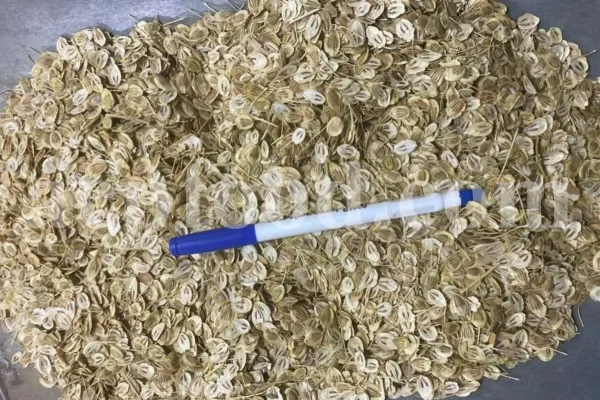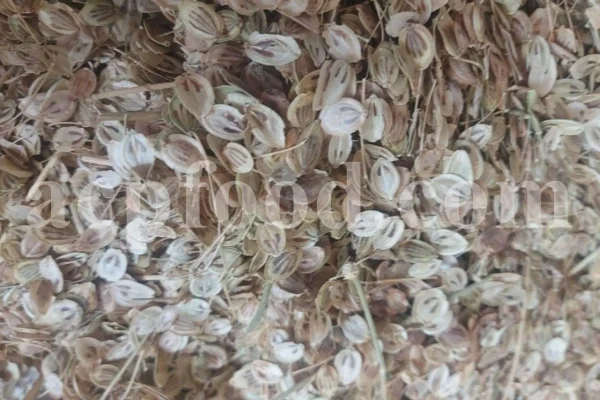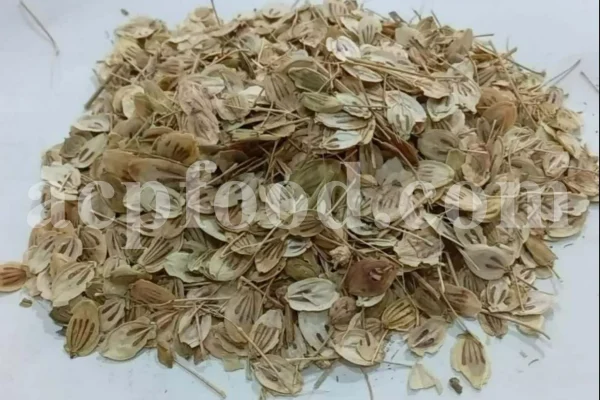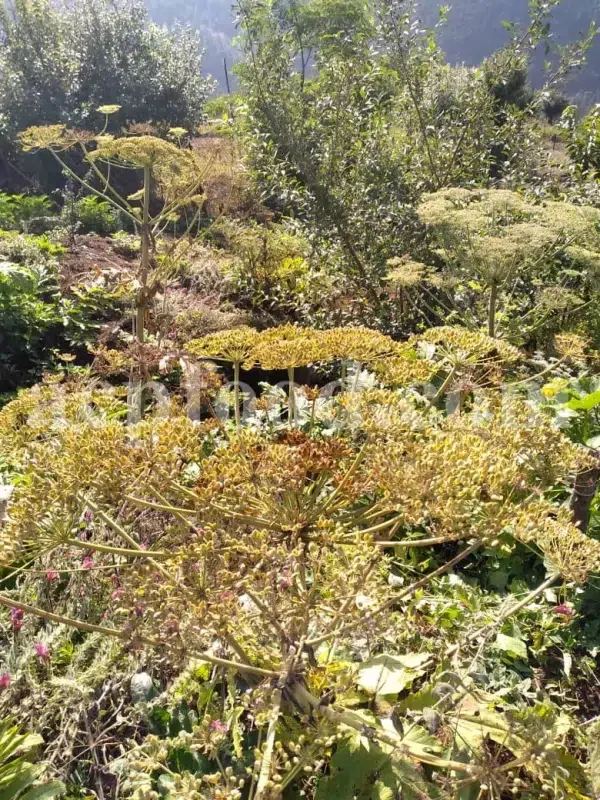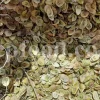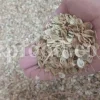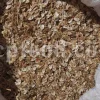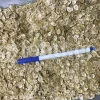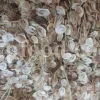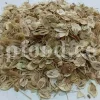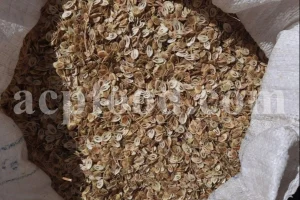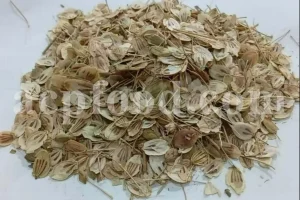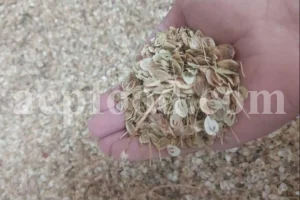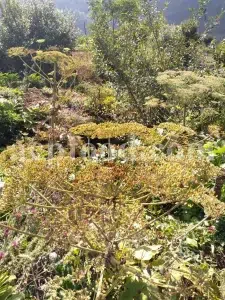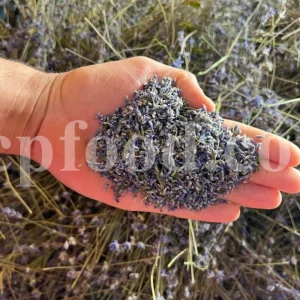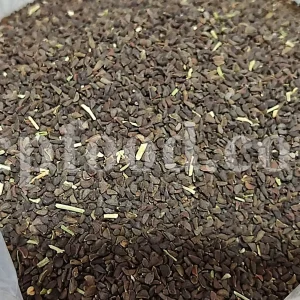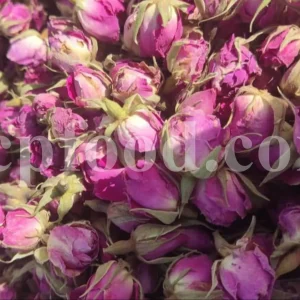GENERAL DATA
Plant parts: Seeds, Leaf
Cultivation mode: Wild Collected/Cultivated
In manufacturing: Pharmaceutical, oil, extract, soft drink manufacturing, canning manufacturing.
In food: Soup, salad, its powdered root can be used instead of black pepper.
🌿 Industries That Use Persian Hogweed (Golpar – Heracleum persicum Desf.)
Here’s a structured breakdown of how this aromatic and medicinal Iranian native is used across several industries.
🌿 What Is Persian Hogweed (Golpar)?
Persian Hogweed, known locally as Golpar, is a spicy, aromatic plant native to Iran. Its seeds and ground fruit are used as a culinary spice, while the plant itself has a long history in folk medicine.
Rich in furanocoumarins, essential oils, flavonoids, and terpenes, Golpar is valued for its warming, antimicrobial, and digestive properties.
Note: It is distinct from toxic wild hogweed species found in Europe or North America.
1. Culinary & Traditional Food Industry
The most well-known application of Golpar is in Iranian cuisine:
-
Ground seeds sprinkled on beans, lentils, or boiled potatoes
-
Mixed into pickles (torshi) and yogurt-based dishes
-
Added to soups, stews, and rice dishes for a pungent, sour-spicy aroma
-
Also used in homemade vinegar and spice blends (Advieh)
✅ Known for its citrusy, slightly bitter, and earthy heat
2. Pharmaceutical & Herbal Medicine Industry
In traditional Iranian medicine (Tebb-e Sonati):
-
Used as a carminative for bloating and digestive discomfort
-
Acts as a mild stimulant for colds, lethargy, and poor circulation
-
Believed to repel parasites and cleanse the gastrointestinal tract
-
Used in topical pastes for inflammation and swelling
✅ Formulated into herbal decoctions, syrups, and powders
3. Nutraceutical & Functional Food Industry
Emerging use in wellness and detox products, especially:
-
Digestive tonics and warming herbal infusions
-
Combined with cumin, ginger, or black seed in gut-health blends
-
Potential source of natural antioxidants and anti-inflammatories
✅ Investigated for cholesterol-lowering and gut microbiome effects
4. Natural Pest Repellents & Agro Industry
Thanks to its strong essential oil content, Golpar is:
-
Used in natural ant and pest repellents
-
Tested for antifungal and antibacterial sprays in agriculture
-
Sometimes included in livestock herbal supplements
✅ Contains limonene, hexyl butyrate, and β-pinene with natural repellent properties
5. Ethnobotanical & Cultural Uses
-
Traditionally burned for fragrance or used in spiritual cleansing
-
Common in Nowruz (Persian New Year) food traditions
-
Used in folk medicine for wind, cold, and digestive “blockages”
✅ Revered as a warming, purifying, and protective herb
✅ Summary Table – Persian Hogweed (Golpar) 🌿
| Industry | Common Uses |
|---|---|
| Culinary & Food | Flavoring legumes, pickles, stews, yogurt dishes |
| Pharmaceutical & Herbal | Carminative, anti-inflammatory, stimulant, antimicrobial |
| Nutraceutical | Digestive health, detox support, antioxidant blends |
| Natural Pest Repellent | Herbal ant sprays, livestock herbal feed, crop treatments |
| Cultural & Ethnobotanical | Persian New Year foods, cleansing rituals, folk uses |
🌱 Key Features:
-
Wild-harvested aromatic seeds and fruits of Heracleum persicum
-
Distinctive flavor with citrusy, earthy, spicy tones
-
Contains essential oils, coumarins, and polyphenols
-
Used in culinary, herbal, agricultural, and spiritual practices
PRODUCT NAME IN DIFFERENT LANGUAGES
Persian Name: گلپر/ Golpar
German Name (Deutschland, Austria, Switzerland): Persischer Bärenklau
French Name (France, Belgium, Switzerland, Quebec): Berce de Perse
HARVEST CALENDAR
Feb
Mar
Apr
May
Jun
Jul
Aug
Sep
Oct
Nov
Dec
To order Persian Hogweed, please contact us.
Heracleum Persicum Chemical Constituents
Chemical constituents of lovage oil are mainly phthalides and terpenoids, including n-butylidene phthalide, n-butyl-phthalide, sedanonic anhydride, D-terpineol, carvacrol, eugenol and volatile oil.
The principal components of volatile oil are angelic acid and β-terpenol, coumarins, furocoumarins including psoralins, rotoside, sitosterols, resins, pinene, phellandrene, terpinine, carvacol, terpineol, isovaleric acid, umbelliferone and bergapten. Fresh leaves contain a maximum 0.5% essential oil;
The most important aroma components are phthalides (ligustilide, butylphthalide and a partially hydrogenated derivative thereof called sedanolide). Terpenoids (terpineol, carvacrol) and eugenol are less important.
The phenolic acids in various plant parts are as follows: roots 0.12–0.16%, herb 0.88–1.03%, stems 0.30–0.39%, leaf 1.11–1.23% and fruits 1.32–1.41%. The quantity of tannins in various plant parts was: roots 6.6%, herb 5.3%, stems 7.4%, leaf 2.7%, and fruits 1.8%. Free phenolic acids such as chlorogenic, caffeic, p-coumaric and m-coumaric were detected using HPLC.
To order Angelica Golpar, please contact us.
Heracleum persicum Temperament
Hot and dry.
Persian Hogweed Health Benefits
- It eliminates bloating and makes good breath, it eliminates forgetfulness and stupidity, it improve mind, increases memory and digestion, strengthens the digestive system, reduces phlegm moisture. It reduces the absorption of moisture around the stomach, increases breast milk, strengthens sexual power and makes the stomach a little rough. It is good for people who have stomach upsets.
- Pulverize it with equal amount of rock candy and eat it. Treats a cough caused by blood and yellow bile.
- Smelling it is beneficial for hiccups.
Heracleum persicum Side Effects
This plant is harmful to the bladder and intestines, its modifier for the bladder is Melon seeds and for intestines is Gum Arabic.
To order Golpar seeds, please contact us.

